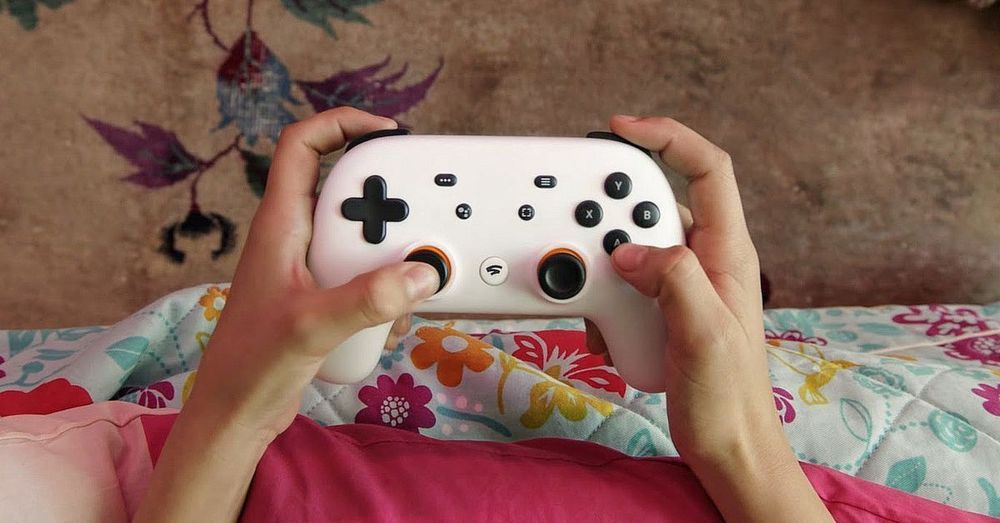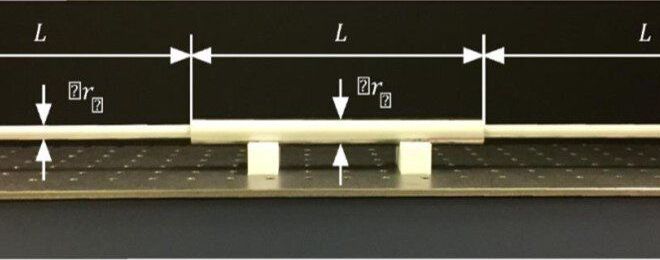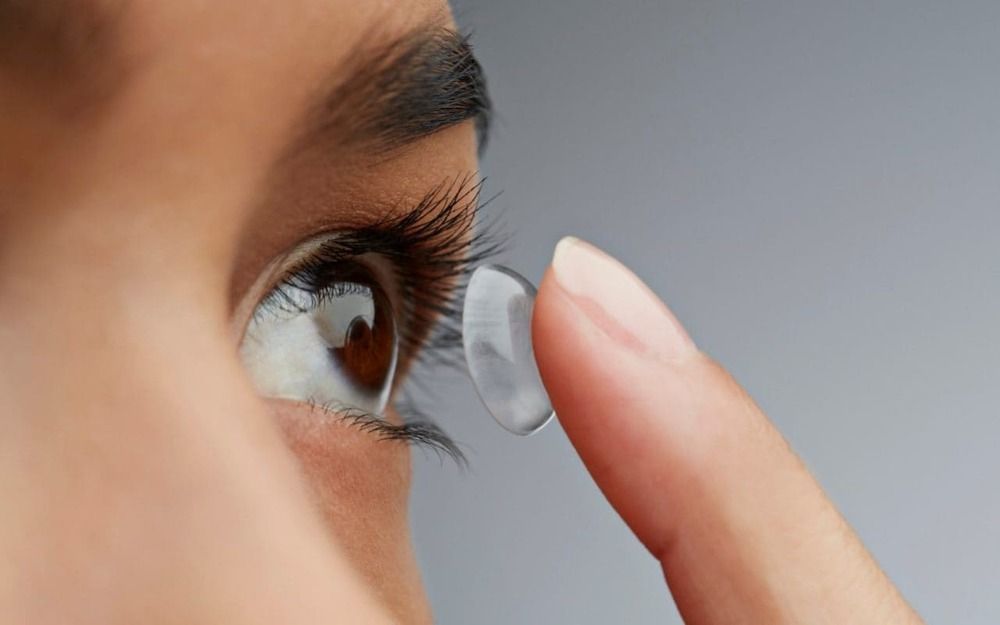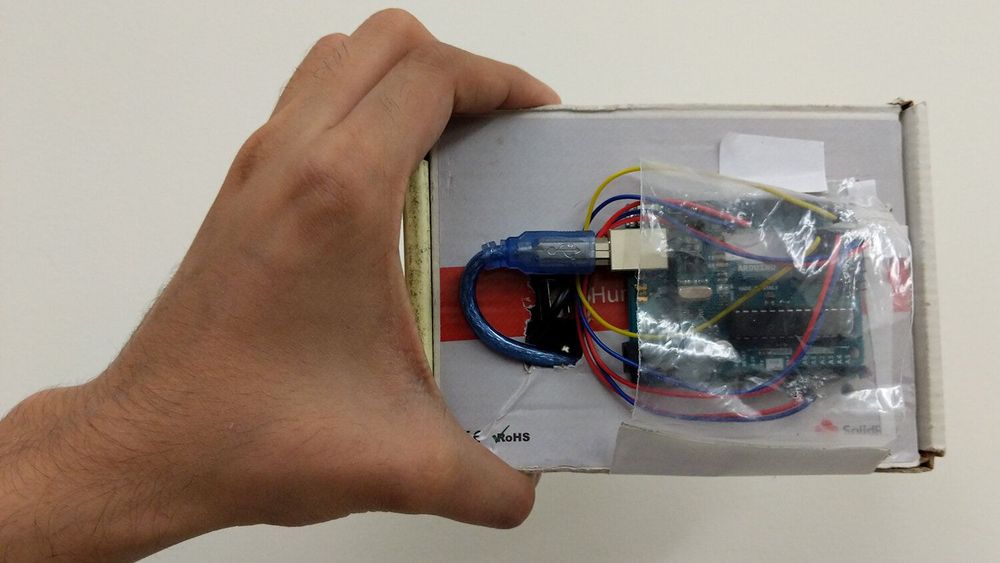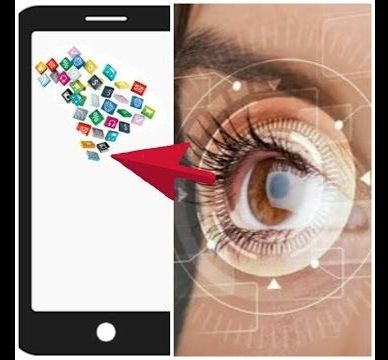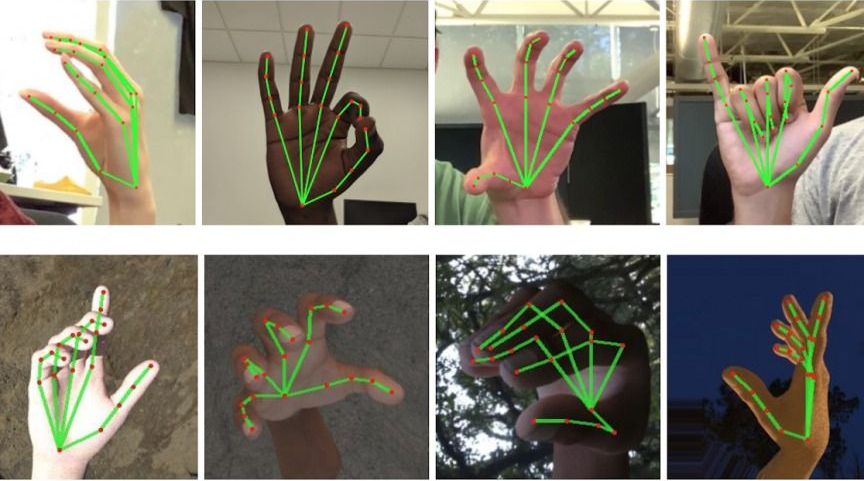Today, Google has revealed the key details that were conspicuously missing from its March announcement of the new Stadia game streaming service. Namely, what the heck we’re going to be able to play, how much we’ll pay, and when we can get started with the exciting new service — which beams high-end console and PC games to any Chrome web browser, Chromecast Ultra TV dongle or Pixel 3 smartphone from beefy new Google servers.
The short version: Google Stadia will launch in November, in 14 different territories including the US, UK and Canada, with at least 31 games from 21 different publishers, for an initial “Founder’s Edition” price of $130 for a hardware starter kit with three months of premium service, and $10 a month afterwards. There’s a separate free tier coming in 2020.
Pre-orders for the “Founder’s Edition” are now open, and I’ll explain what it is in a tad, but there’s something important you should know first.
